T&L:What are Finland's practices and achievements in sustainable travel so far? What is the next promotion strategy?
截止目前芬兰在可持续旅行方面有哪些实践和成果?下一步的推进策略是什么?
Liisa:We launched our national sustainable development programme “Sustainable Travel Finland (STF)” back in June 2020. The sustainable development programme provides all tourism businesses and destinations in Finland a systematic approach to adapt sustainable practices into daily operations. The programme aligns with international sustainable tourism standards as well as national tourism strategy, as it’s adopted to Finnish context. So far, around 1100 tourism stakeholders have enrolled for the programme, and 5 destination, 367 companies that provide more than 1000 experiences, and have met all criteria and been awarded STF label. This allows us to systematically promote sustainable offering and bring competitive advantage to those seriously committed to sustainability. Our marketing strategy is to steer demand towards sustainable offering. This means, that sustainability is not necessary our main message. It’s the criteria behind the message. We’re on our way to making sustainability the default option, not an alternative.
早在2020年6月,我们就启动了国家可持续发展计划“芬兰可持续旅游(Sustainable Travel Finland,简称STF)”。该可持续发展计划为芬兰的所有旅游企业和旅游目的地提供了一个系统化的方法,可以实现可持续发展的同时将可持续融入到日常活动中。这项计划充分考虑到了芬兰的国情,符合国际可持续旅游标准以及国家旅游战略。迄今为止,约有1100名旅游业从业人员参与了该项计划,还有5个旅游目的地及 367家公司提供了1000多项旅游体验,这些旅游体验均符合该项计划的所有标准并被授予了STF认证。这不仅使我们能够系统地推广可持续发展型旅游产品,并为那些认真致力于可持续发展的企业带来竞争优势。我们的营销策略是将旅行需求导向可持续发展型的旅游产品。可持续发展不一定是我们传达的主要信息,但信息背后必须是以可持续发展作为衡量标准的。我们正在努力使可持续发展成为默认选项,而不是可选项。
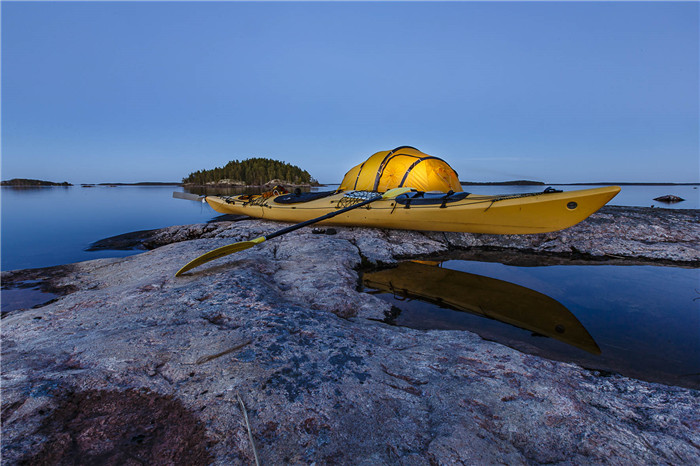
T&L:What challenges do you think sustainable travel faces today? What strategies should be taken to address these challenges?
您认为当前可持续旅行面临哪些挑战?针对这些挑战目的地应采取怎样的应对策略?Liisa:The major challenge we face today in tourism development is the fact that the industry relies so heavily in aviation, which if the most polluting form of travel. Tourism as an industry is expected to grow rapidly, but this should happen in decarbonizing world. We need strategies and financing mechanism that allow low-carbon transport options. This requires not only cross-border but also cross-sectoral collaboration and common vision.
目前在旅游业发展方面我们面临的主要挑战是,旅游业严重依赖航空,而航空是污染最严重的出行方式。作为一种产业,旅游业需要得到快速增长,但这种增长应该在碳减排的环境中实现。我们需要能够提供低碳交通选择的战略和融资机制。这不仅需要跨境合作,还需要跨部门合作并达成共识。
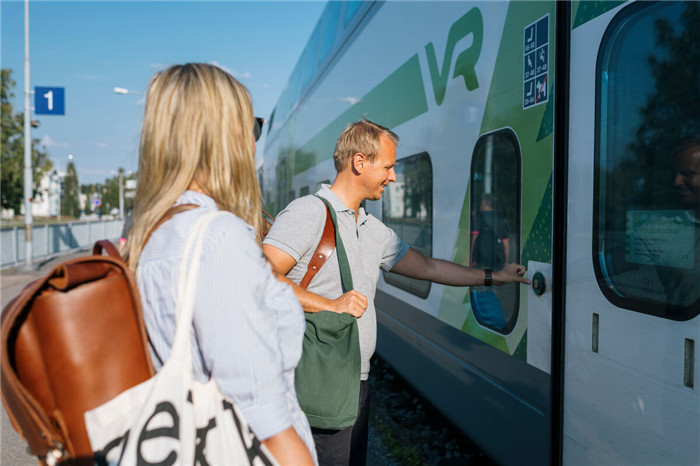
T&L:What are the positive effects of sustainable travel on the realization of global carbon reduction goals? How to further develop the potential of sustainable travel in this regard?
可持续旅行对全球减碳目标的实现有哪些方面的积极作用?如何进一步发挥可持续旅行在这一方面的潜力?
Liisa:At its very best, sustainable travel does not only minimize negative impact, but it simply eliminates any negative impact and leave places better than found. This is about moving toward regenerative model. The positive effect is, that this provides economic opportunities for tourism industry at the same time, as many travellers are interested in volunteer works and having positive impact in the destinations they visit. If managed in a proper manner, this is quite an opportunity for tourism industry to showcase we’re part of the solution. We already have magnificent examples in Finland on this, as tourism companies with high carbon reduction goals are creating carbon sinks by restoring natural habitats and recreating functional ecosystems. By making biodiversity protection part of their product offering, these companies are making climate action an economic opportunity, while letting travellers to live according to their values during holidays, too, and at the same time creating awareness. I want to see this developed further, nature restoration becoming a mainstream activity within tourism industry in Finland. For this very reason, we’re working on industry-wide biodiversity roadmap to explore the potential.
可持续旅行的最积极的作用不仅是最大限度地减少负面影响,而是消除任何负面影响,让旅行地变得更好。这就是向再生模式迈进。这同时也为旅游业提供了更多的经济机会。因为许多游客都对志愿者工作感兴趣,这个想法对他们所到之处也随之产生积极影响。如果管理得当,这将是旅游业的绝佳机会来证明游客也是解决环境问题的参与者。在芬兰,我们已经有了这方面的优秀范例。具有高碳减排目标的旅游公司正在通过恢复自然栖息地和再造功能生态系统来创造碳汇。通过将保护生物多样性作为其产品的一部分,这些公司正在将气候行动变成一种经济机遇,同时也能让游客在度假期间按照自己的价值观生活,提高人们的可持续发展意识。我希望看到这种举动能得到进一步发展,让自然恢复成为芬兰旅游业的一项主流活动。为此,我们正在制定全行业生物多样性路线图,以挖掘可持续旅行的潜力。
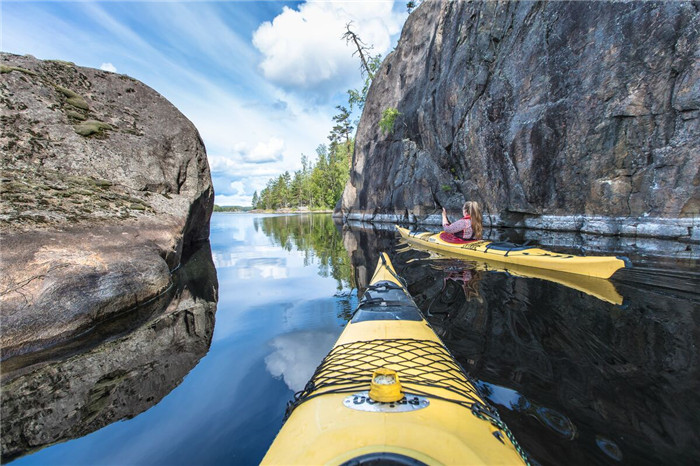
T&L:How can sustainable travel friendly interact with the economic development and community development of destinations? What experiences and achievements can Finland share?
可持续旅行如何与目的地的经济发展及社区发展建立良性互动?芬兰有哪些经验和成果可以分享?
Liisa:Finland has a long-standing relationship with sustainability. This means, that sustainable development has been embedded to national strategies in one way or other already decades. Having a solid foundation on sustainability has surely helped many to realise that economy and sustainability do not collide, but in fact sustainable development opens enormous potential and economic opportunities. Sustainable tourism companies, who engage with the local community, play along social norms and eliminate any negative impact to the environment, are wanted holiday destinations, employers and business partners, appreciated corporate citizens and also have wider social acceptance in local communities.
芬兰与可持续发展的关系源远流长。几十年来,可持续发展一直以不同的方式被纳入国家战略。可持续发展的坚实基础无疑帮助许多人认识到,经济与可持续发展并不冲突,事实上,可持续发展能带来巨大的潜力和经济机遇。可持续发展的旅游公司与当地社区合作,遵守社会规范,消除对环境有害的影响,助力当地成为人们向往的度假胜地,受到了雇主、商业伙伴以及全体居民的欣赏,在当地得到了更广泛的社会认可。
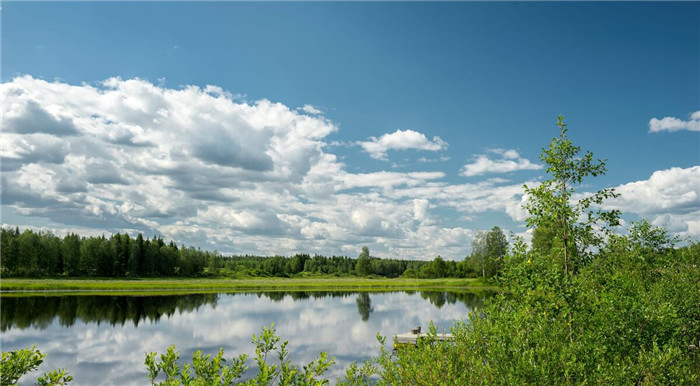
T&L:What is the responsibility of sustainable travel for biodiversity conservation? What practical experience can Finland share?
可持续旅行对生物多样性保护应该承担怎样的责任?芬兰有哪些实践经验可以分享?
选择带有芬兰可持续旅游(STF)认证的旅游项目!STF认证是旅游公司或旅游目的地致力于可持续运作和发展的保证。选择带有 STF 认证的旅游项目,旅行者将直接支持当地的可持续旅游工作,并确保旅程对当地文化和经济产生深远的积极影响。
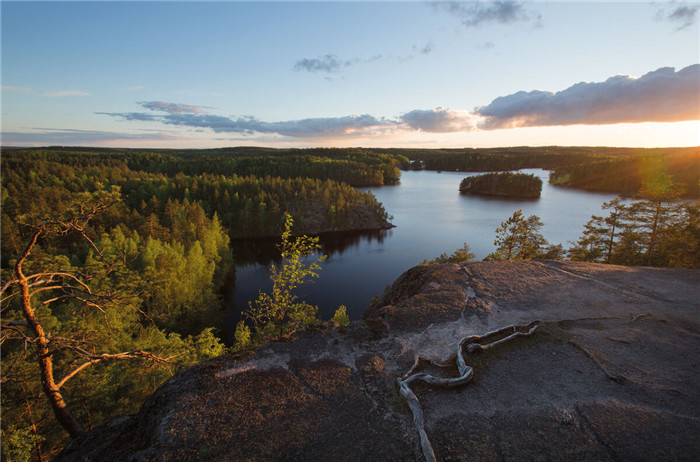
T&L:What are Finland's new measures for sustainable travel in recent years? How about the effect?
芬兰近几年针对可持续旅行的有哪些新举措?效果如何?
Liisa:Perhaps one of the key successes in Finland, what it comes to the sustainable travel development, is tight collaboration between private and public sector. Sustainable tourism is a priority is national tourism strategy, including national Sustainable Travel Finland programme that brings all tourism stakeholder together. As the industry have shared sustainability ambition, principles and goals, the journey is smooth as we all go to same direction. Especially the strategy plays a crucial role here, as having sustainability cross-cutting the national tourism strategy, it means there’s funding opportunities for regional sustainable tourism development. This means, tourism businesses get support for their sustainability effort. And since we have a national sustainable tourism development programme, STF programme, all tourism stakeholders have access to systematic approach to adapt sustainability into daily operations.
芬兰在可持续旅游发展方面取得的主要成功之一,或许就是私营和公共部门之间的紧密合作。可持续旅游是国家旅游战略的优先事项,包括将所有旅业者聚集在一起的芬兰国家可持续旅游计划。由于旅游业都有共同的可持续发展抱负、原则和目标,因此大家都朝着同一个方向前进,进展十分顺利。尤其是可持续发展贯穿于国家旅游战略,发挥着至关重要的作用,因为这意味着国家能为地区可持续旅游业发展提供资助机会。也意味着,旅游企业为可持续发展做出的努力能得到支持。而且,由于我们有一个国家可持续旅游业发展计划——STF 计划,所有旅业人员都能获得系统的方法,将可持续发展融入到日常工作中。
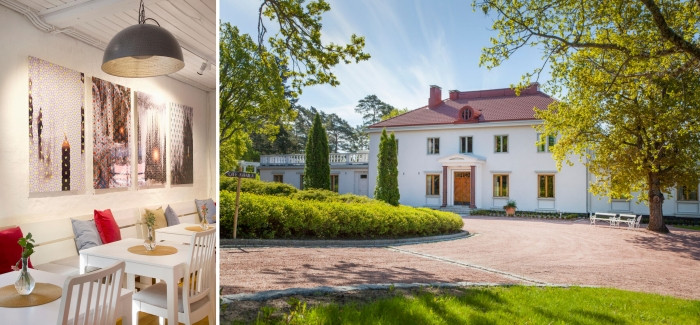
T&L:Science and technology play a very important role in supporting and innovating sustainable travel. Is there any case in Finland that can be shared? What are the following strategies for strengthening the application of technology in sustainable travel?
科技对可持续旅行的支撑及创新具有非常重要的作用,芬兰在这方面是否有案例可以分享?后续对加强科技在可持续旅行中应用有哪些策略?
Liisa:Technology has allowed us to built many tools available in our national Sustainable Tourism Finalnd programme, including CO2 calculator that is designed for Finish tourism businesses as well as Sustainable Tourism Indicator system, which allows us a multi-dimensional view to the current state of sustainable tourism in Finland. This is crucially important, as now we have data to pinpoint the development areas as well as our strengths. We can use this date to provide systematic support to the tourism industry in Finland where its needed, but also to find those success stories that can motivate others. After all, sustainability is about the snowball effect; a minor significance builds upon and eventually benefits wider communities.
技术使我们能够在芬兰可持续旅游计划中开发许多可用工具,包括专为完成旅游业务设计的二氧化碳计算器以及可持续旅游业指标系统,该系统使我们能够多维度地了解芬兰可持续旅游业的现状。这一点至关重要,因为现在我们有数据来确定发展领域和我们的优势。我们可以利用这些数据为芬兰旅游业提供所需的系统性支持,同时也可以找到那些可以激励他人的成功案例。毕竟,可持续发展讲究的是滚雪球效应,一个微小的影响会不断扩大,最终惠及更广泛的群体。
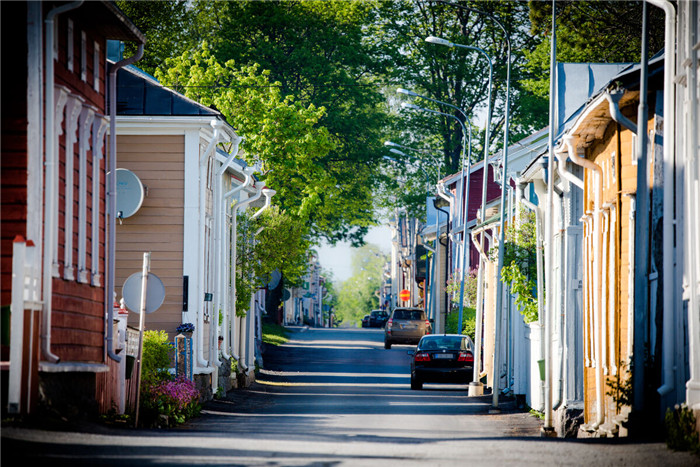
T&L:What do you think should be done to improve the awareness and attention of global travelers on sustainable travel? What specific actions can destinations take?
您认为应该如何提升全球旅行者对可持续旅行的认知及关注度?目的地可以采取哪些具体的行动?
Liisa:Obviously, a communication is a key. So, it’s crucial to train tour operators and those in customer facing positions to have the competence and self-confidence to talk about topics that matter in a specific destination. For instance, to recommend those activities and experiences that benefit wider community and are sustainable at core. Many of us as travellers are simply not aware of social norms in the destination either, or have know knowledge of the dangers in the local environment. It should be encouraged to react proactively and share this information with traveller as they are about to embark on their journey, or at the lates when they arrive. However, one of the most effective ways I have seen in Finland is simply eliminating harmful offering from your tourism marketing. In this way you kindly guide the travellers to choose options that benefit everyone in the destination.
显然,沟通是问题的关键。因此,培训旅游经营者和服务人员,使他们有能力并自信地谈论特定目的地的重要话题,是至关重要的。例如,推荐那些能惠及更广泛群体、以可持续发展为核心的旅游活动和体验。我们许多旅行者根本不了解目的地的社会规范,也不了解当地环境中的存在的危险。旅行者应当对这些信息有预判,我们应该在旅客即将踏上或抵达旅途时与他们分享这些信息。不过,我在芬兰看到的最有效的方法之一,就是在旅游营销中不提供有不利影响的选择。这样,你就可以善意地引导游客选择对目的地的每个人都有利的选项。

* 图片由官方提供






